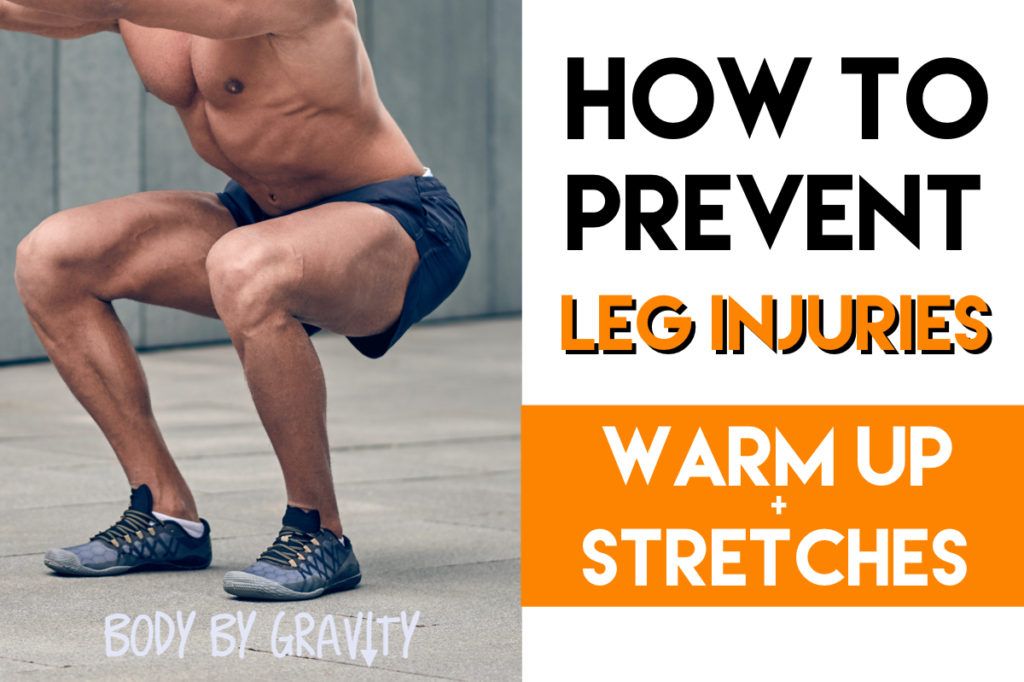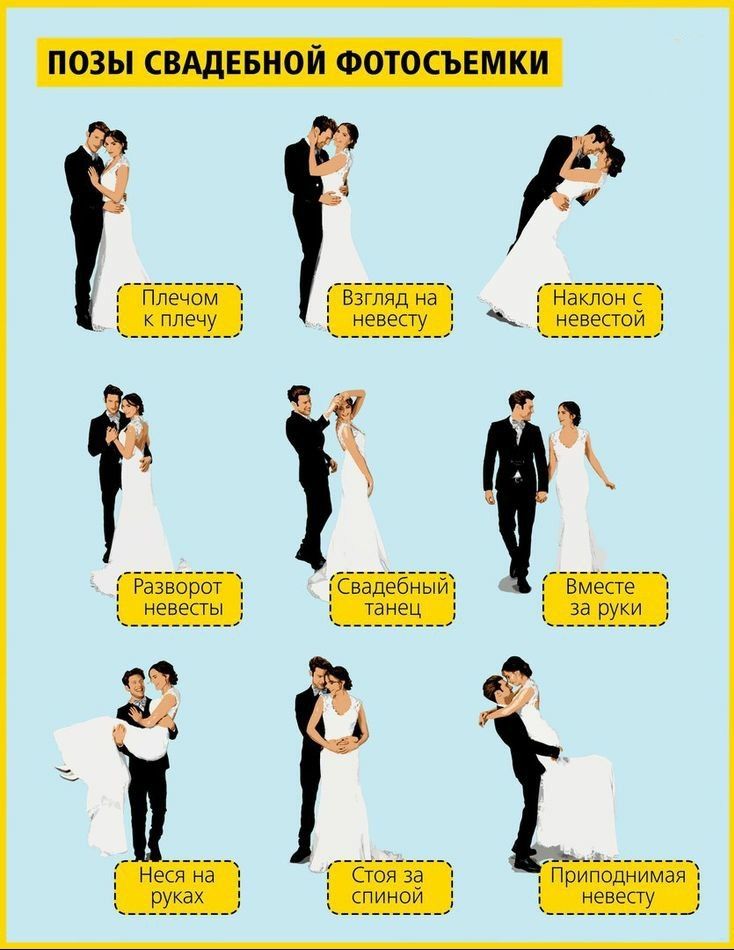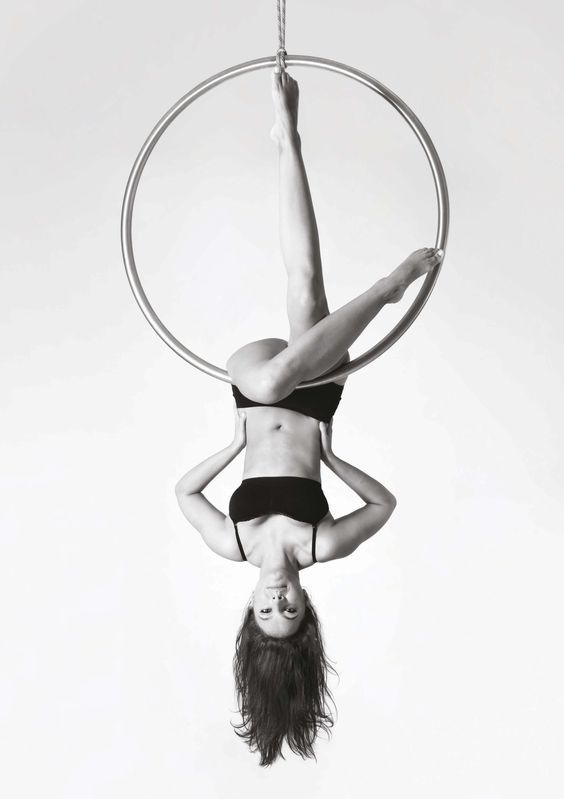Learn how to dance zouk
5 basic steps of ZOUK for beginners
If you've come this far it's because you want to know how to dance zouk and above all because you want to learn some steps of initiation to start dancing Zouk, right?
In fact, Zouk is one of the dance styles that is gaining popularity and more and more schools are offering zouk classes and lambazouk classes and places where you can go to dance to this sensual and characteristic music.
The style of music originated in the French Antilles and was opened to the public in the 1980s. However, to date it has already reached different parts of the world and is usually danced in most European countries.
If you are a lover of sensual music and you dare to discover yourself with a new style of dance the Zouk is for you!
In this post we are going to show you 5 basic steps to start dancing Zouk (although they are not the only ones) but they will help you to get a good base.
You ready to go?
Image Source Berg Chabot
But first.
In case you didn't know, the Zouk is a dance style that has 3 rhythms and is danced in pairs. It is characterized by its smooth, very sensual movements, and stands out for the twists and turns of the girl's head.
As in all couples' dances, the man is the one who guides the woman in her movements, and she simply has to let herself go and flow through the music.
However, as it is already very common nowadays, and there is no rule that determines who dances with whom, any combination of couples can be observed on the dance floor. Women carrying women, men carrying men with men and vice versa. The point is to be able to dance and enjoy!
Step 1 - Basic Zouk step
The basic step of the Zouk has a rhythm of 3 steps that can be danced in the 1 or 3. The first step is the main and the most prominent, and the two prominent steps are marked in small.
The man will always mark the step forward and the woman will always mark the step back and vice versa.
It is very important to have a clear rhythm and to integrate it. When you start to dance a style it is always recommended to do the foot counts, however, we also recommend to feel the music to combine it with the basic steps, so that it is not so automated and is more fluid.
Step 2 – "El Corredor"This step allows us to combine the basic Zouk step with another combination of movements to change the position with our partner.
It is very important to stay well connected with the couple, especially holding hands to notice how the guide sets the pace.
The steps of the corridor feet are: open, position and cross, and so on from right to left.
You dare to try it?
Below is a video explaining the steps very clearly. The easiest way to learn is by practicing!
Step 3 – Turning with setbacksThis step would be a combination of the runner's step and the turn, which is why it is called a twist with a setback. However, this step is a little more complete as the woman can also put the detail of the head.
However, this step is a little more complete as the woman can also put the detail of the head.
The count is always the same, 1, 2 and 3 are marked side to side. To combine this step, first mark the basic step and in the second count the woman turns. Keep in mind that you also have to put in the detail of the head, so you have to learn it step by step.
I start the feet with the turn and the figure of the bodies, and once these steps are assimilated add the head movement, which gives it an incredible touch.
Watch the video below to practice it with your partner!
Step 4 – Zouk ripplesIn the Zouk dance it is very important to know how to make waves as they are used very often during the dance. Besides giving it a very sensual touch.
Did you know that the best way to learn to make waves is with the wall or with a mirror?
And if! It may sound a little weird, but if you look at the video we've shared below, it's the best way to do it.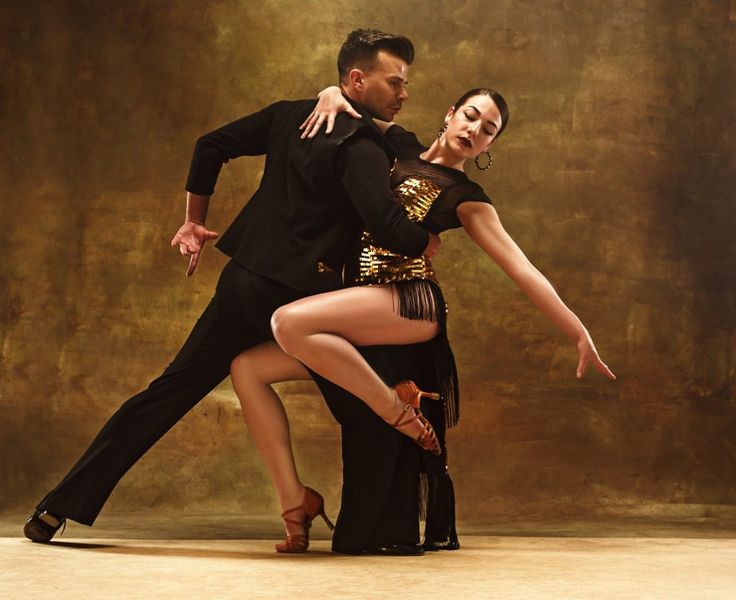
Waves can be made in two ways, starting at the top (head) or from the bottom of the body (knees).
If we start the wave from the head, the key is to take out each part of the body naturally and in a chained way (head, neck, shoulders, back, pelvis, legs, knees) and until we reach the end. If the wave starts from the bottom it's the same but the other way around.
So, you know, start practicing the waves at home so that they come out more fluidly little by little!
As you can see in the video in pairs, the two dancers make the wave and their bodies collide with each other forming an asymmetrical wave visually. A very nice effect visually and fun to run once you master it.
Tutorial on how to make waves
Remember to activate the subtitles in your language.
Zouk waves in pairs
Remember to activate the subtitles in your language.
Step 5 - Head movement
Finally, we would like to highlight the head technique (especially for women), as it is performed continuously during the Zouk dance.
The movement of the head has to be practiced little by little so that it is done in a natural way.
Message for the girls: be very careful with the head movements, and above all do some good stretches before dancing Zouk. We don't want anyone to get hurt!
Now you know, if you're looking for a very sensual dance style like Bachata, Salsa or Tango, Zouk is your style.
Dare to dance the dance style that is slowly gaining popularity in dance schools and in the ballrooms.
What are you waiting for when you find the nearest zouk school in your area and start dancing.
Feel free to share your first experience dancing Zouk with us.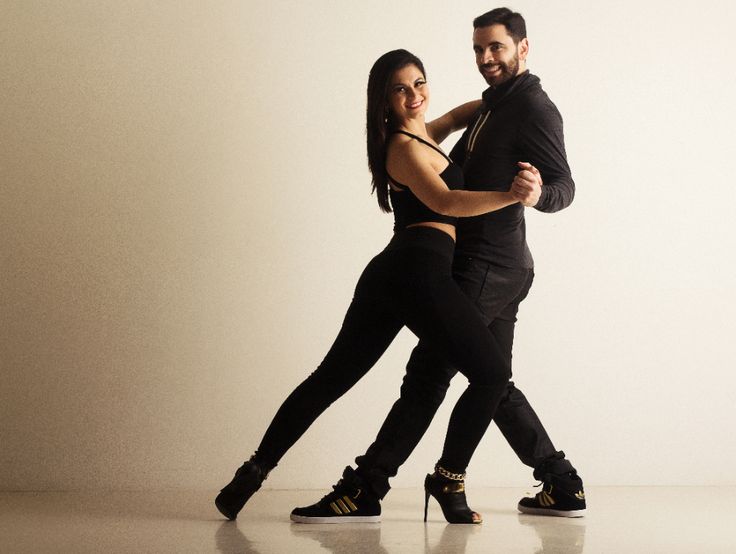 We'd love to hear from you!
We'd love to hear from you!
What made you want to learn to zouk?
Tell us the reason in the comments, we'd love to hear your story. Thank you! Thank you!
Zouk Basics and Why They Are So Important?
Domi&Hoi Team
Spread the love for Brazilian Zouk
When learning social dance, I am very sure that all of us always hear repeatedly from our teachers and other experienced dancers that learning and practicing basics are so important and here is the basics blah d blah, blah blah blah. You need to learn the basics to dance Brazilian Zouk blah d blah…
However, it’s so rare anyone actually explains WHY!?
First of all, let me list out some of the basic movements of Brazilian Zouk (movements that fit in 8 counts):
- Passo Basico (Basic step)
- Viradinha (Open the door, close the door)
- Lateral (Corridor)
- Preparação pro giro (Preparation/lunge with turn in place, step pivot for the girls)
- Giro Simples (Simple turn with girls traveling)
- Yo-Yo
- Elástico com corporal (Elastic with contraction or body roll)
- Soltinho (Turn of the Lead, turn of the Follow)
- Ondulação (Body roll)
- Bônus (Boomerang)
- Washing Machine
What you need to understand is that the set of basic movements was created to teach someone who never danced in togetherness, to able to dance in togetherness.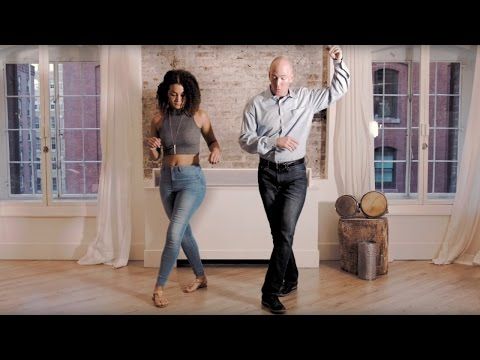 However, it does much more than that and should help you develop the following…
However, it does much more than that and should help you develop the following…
- FOOTWORK, FOOTWORK, FOOTWORK, ADAPTING YOUR FEET POSITIONING + AWARENESS OF WEIGHT TRANSFER & TRANSITIONS! You build your dance from the ground UP.
- These basic movements are designed to teach your body how to navigate and move around the dance floor without crashing! Floorcraft 101.
- It teaches you how to move musically and on time.
- In its simplest form, it allows you to dance safely, in balance and train to control your own body.
- They are simple movements that allow you to apply dance techniques and concepts.
- They are also your roadmap, a set of guides and rules. (You may break them once you’ve mastered them. IF you master them…)
- Help you gain efficiency, using the least amount of energy to dance. Sometimes you feel that you are able to dance longer, it’s not only because you have strengthened muscles, but you are able to move around more efficiently.
 (This is true, I dance much longer periods now but still getting fatter, that’s efficiency haha)
(This is true, I dance much longer periods now but still getting fatter, that’s efficiency haha) - They are your base, your foundation, everything else you add or build later, goes on top!
- They are your best tools to gauge the level of experience of your social partners so you can adapt accordingly.
Each of the basic Zouk movements teaches your body to move in a particular direction, how to change directions and how you can switch lanes.
It’s like learning to drive a car, you will learn many maneuvers and by the end of passing your driving test, you should be able to get around most roads and situations. You get better the more you drive, more awareness, safer, better control of the speed, looking & planning ahead, driving in lane, turning corners all improve as you gain experience and confidence. And if you’re cocky and drive dangerously like a pr*ck, you’ll likely crash and injure others!
Remember, the uniqueness of Brazilian Zouk is that we use our entire body to navigate and dance.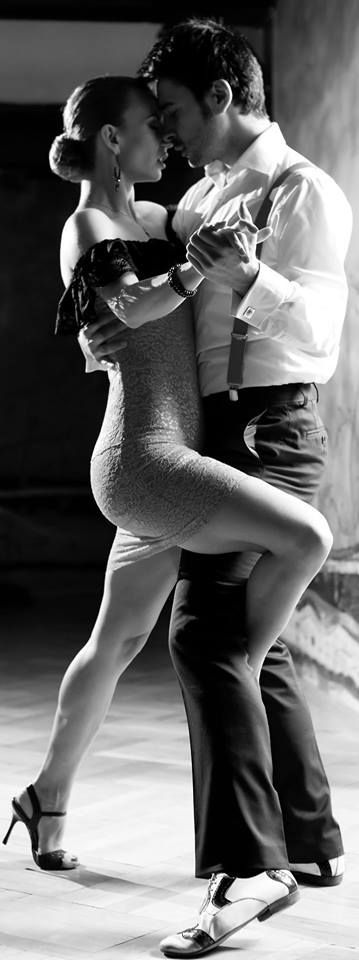 It’s completely 3D navigation on the dance floor so you will need to develop very well controlled motor functions, self-awareness, inner balance with the understanding of weight point & axis.
It’s completely 3D navigation on the dance floor so you will need to develop very well controlled motor functions, self-awareness, inner balance with the understanding of weight point & axis.
You’ll need to master navigating the 2D space before attempting to add the 3rd Dimensional movements whether static on the spot or while moving: head movements, tilts, or other off-axis positions. I see far too often beginners trying to navigate in 3D when they barely can navigate in 2D. But that’s another discussion to be had 🙂
PS. I would never write a blog about how to do the basic movements correctly because it’s up for too many misinterpretations. That’s what classes are for! My focus is on adding knowledge and context to what I see is missing or overlooked in classes, so students can do some out of class reading.
If you’ve enjoyed this blog, and found it useful, please help share it!
Hoi x
Spread the love for Brazilian Zouk
Brazilian Zouk.
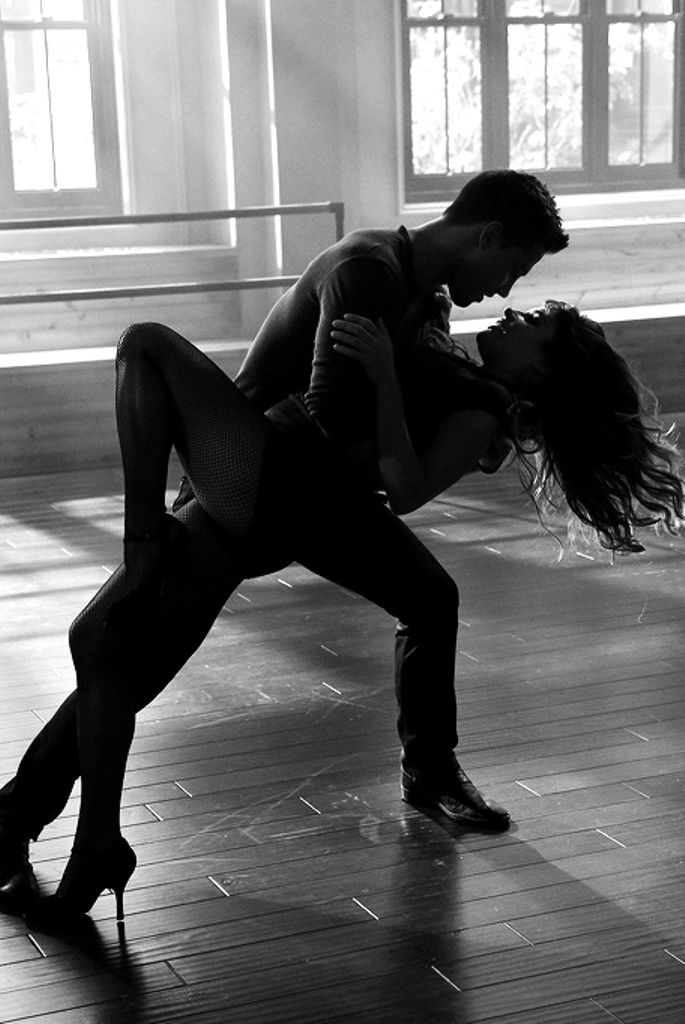 Dance school Triumph in St. Petersburg.
Dance school Triumph in St. Petersburg. School "Dance Studio Triumph" is training in the direction of Zouk.
Zuk (Zouk) is translated from French Creole as "party" or "festival". This is a couple dance. The Zuk dance has been most widespread in Brazil since the 90s.
The Brazilian style of zouk is derived from the lambada, but with movements more suited to music. Lambada is usually a very fast and spectacular dance. Zouk has come to replace the lambada, as it is danced to modern rhythms.
Zouk became famous for the concerts, which were spectacular theatrical performances, with actors in colorful costumes, and in which various impressive elements were implemented.
Zouk-love is widespread in St. Petersburg - a specific style in which the music is relatively slow and "dramatic". The movements in the dance are slow, fluid and extended, allowing many steps and turns. Brazilian zouk has three steps performed to the music (“toom-cheek-cheek, toom-cheek-cheek…”).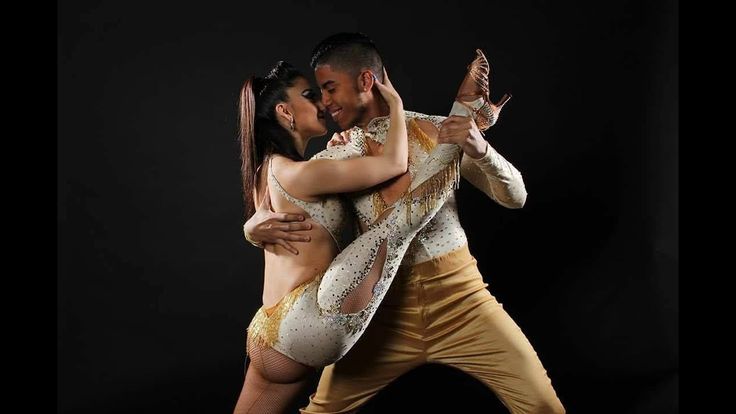 Zouk can also be danced to RNB and other popular music. Zouk, like no other dance, excites emotions, reveals the sensuality of partners and provides endless opportunities for improvisation. Zouk is danced in close contact between partners and is an improvisational dance based on the lead of the man, and the girl follows him and obeys, decorating the dance. You can always diversify the smooth and romantic zouk with passionate supports, unexpected turns and cambrai (falls).
Zouk can also be danced to RNB and other popular music. Zouk, like no other dance, excites emotions, reveals the sensuality of partners and provides endless opportunities for improvisation. Zouk is danced in close contact between partners and is an improvisational dance based on the lead of the man, and the girl follows him and obeys, decorating the dance. You can always diversify the smooth and romantic zouk with passionate supports, unexpected turns and cambrai (falls).
In contrast to salsa, in which the lead is carried out with the help of the hands, in the traditional Zuk, the hips are led, which are closely pressed against the partner's hips. These movements give the dance a unique pattern and fill it with passion. The dance has links and elements very similar to those of salsa, but they are performed in a different movement dynamics. Many elements of the Zuk dance are performed at the moment when the partners' hips separate. At this time, the lead in the dance passes to the hands and you can perform a turn, a bunch, or a beautiful backbend.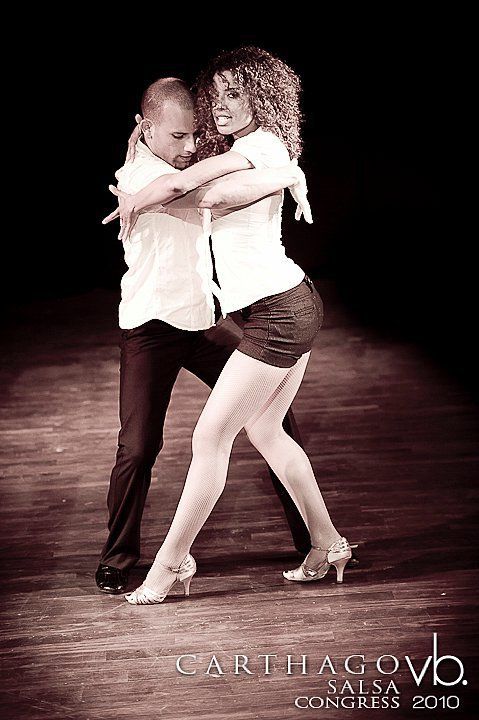
The Zuk dance is clearly distinguished from other dances by the movement of the partner's head. These movements allow the partner's hair to draw beautiful figures in the air and emphasize the accents in the dance. Properly performed head movements in Zouk give the dance amplitude and spectacle.
For Hustle Dancers: The dance is interesting in itself and as a source of enrichment for the Hustle dancer. The rhythmic features of the dance allow you to develop improvisation skills and a sense of music.
Also in the world there are such varieties of Zouk as:
Zouk Flow;
Neo Zouk;
Lamba-Zouk (a style of lambada or variations thereof that is danced to zouk music).
Zouk in St. Petersburg occupies a special position among dancers: zouk parties, open airs and master classes are regularly held in the city, where you can both learn something new and demonstrate what you have learned in the classroom.
Come to Zouk classes and discover the magical world of Zouk, the world of passion and romance!
Suitable for:
- age 18+
- health
The training program is not designed to make you the champions of Russia, for this it is worth doing more than 1.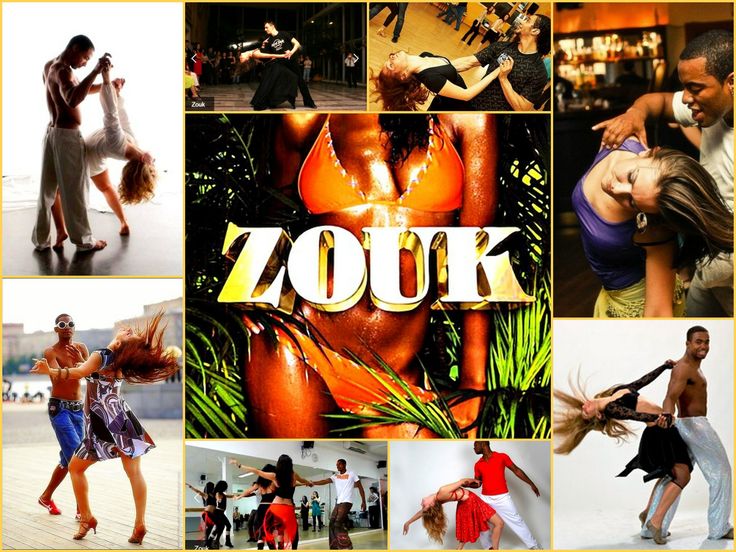 5 hours a week - much more. However, there is a load. Some elements are performed quite quickly, some have backbends, squats, rotations, etc.
5 hours a week - much more. However, there is a load. Some elements are performed quite quickly, some have backbends, squats, rotations, etc.
However, if you want to tone your figure in a fun and easy way, get a charge of vivacity, develop plasticity, develop improvisation skills and a sense of music, these classes will suit you perfectly.
- floor
is a pair dance, respectively, both partners and partners should be present at the lesson.
One of the frequently asked questions is:
How fast can I learn to dance?
As for any other type of dance, it is impossible to give a definite answer. It all depends on a number of factors. Remember school - everyone masters the program in different ways, someone is faster, someone is trailing at the end. Here an important factor is the desire to dance. Look at the children - they want to get up and go so much that they get up and stomp, at first hesitantly and crookedly, and then it gets better and better - you walk great! So here, at first it doesn’t work out very well, but the more you dance, the more beautiful the result will be, many elements can be worked out at home, then they will start to turn out better in the hall.
What to wear to class.
- clothes
Skirt, trousers, shorts, sports trousers that do not hinder movement. It’s very easy to check whether it’s suitable or not - do a couple of squats, step wide, wide, or rather lunge (one leg is straight behind, the front is bent at the knee), swing your leg up and to the side - if nothing interferes, then you chose correctly.
From above it is better to wear a knitted T-shirt, T-shirt or blouse. As a test, wave your arms, bend your body down - the shoulders do not jump, the arms rise, and at the same time the T-shirt does not jump to the ears - then the choice is right.
If you plan to practice for a long time, you can look into special stores where they sell dance clothes. They will help you choose the right outfit for your Zuk lessons.
- shoes
The choice of shoes should be approached carefully. You should not immediately put on heels, for starters, you can work out in ballet shoes (only not in walking shoes, but dance rag or leather ones) or Czech shoes, dance sneakers, jazz shoes. It will not be very comfortable to dance in ordinary sneakers or sneakers, especially for partners - sneakers get stuck and do not allow you to make a turn with the grace and ease with which you would like.
It will not be very comfortable to dance in ordinary sneakers or sneakers, especially for partners - sneakers get stuck and do not allow you to make a turn with the grace and ease with which you would like.
If you choose shoes with heels, then dance shoes are ideal - for Latina, shoes look like sandals. Heels come in different heights, for a beginner it is better to choose a low 5 cm heel. But even here everything is individual. And the teacher will definitely tell you which shoes to buy.
Class schedule
Tuition fees
You can sign up for classes by phone +7(812) 956-65-49
Or through social networks
TOP 12 misconceptions in zoukability: zoukability — LiveJournal
Author: Murasheva Nadezhda, Moscow There are a number of stereotypes in zouk that spoil the life of both the dancer and his partners. For the most part, they are characteristic of novice zouk adepts, but sometimes dancers have sinned with this for more than one year.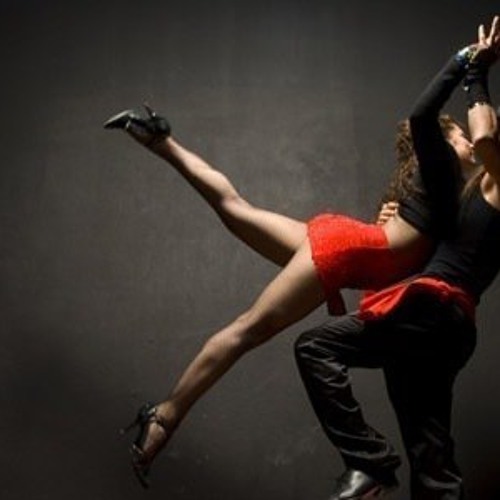 I just can't ignore this set of misconceptions, it's so annoying. Some of them will be common to any social dance. If I forgot to mention something important, write in the comments!
I just can't ignore this set of misconceptions, it's so annoying. Some of them will be common to any social dance. If I forgot to mention something important, write in the comments!
MISTAKE 1: Sound is active head movement. You must be able to beautifully wave your hair
The most common misconception and at the same time very traumatic.
There is no active movement of the neck in the zouk, no throwing of the head back or to the side. The movements of the neck are very passive and are a continuation of the movements of the chest. Hair fly just by inertia, nothing needs to be done for this. And if the hair gets in the way, then you can straighten it with your hand or raise your head strictly to a vertical line (not up and back!)
Don't fix your hair like that while dancing, it's a traumatic move:
Proper headwork technique is very important and all teachers should say it over and over in class. Neglect of safe technique threatens with displacement of the cervical vertebrae, the development of a hernia, sprains, etc. Many injuries are cumulative, which means that you can do it wrong 10,000 times and get nothing, and on the 10,001st time, something unexpected will happen. Therefore, the argument "I already dance like this ... (insert how much) is not convincing.
Many injuries are cumulative, which means that you can do it wrong 10,000 times and get nothing, and on the 10,001st time, something unexpected will happen. Therefore, the argument "I already dance like this ... (insert how much) is not convincing.
Also, do not pay attention to the fact that some teachers visually break the rules. It can be either a lack of technique and anatomical awareness on their part (you don’t know anything about their injuries), or too good physical preparation of the dancer. What looks like throwing the head back in a lambada with the right technique is nothing more than a strong deflection under the shoulder blades. Under the shoulder blades, Carl!
If you haven't gone through the headwork technique yet or have mastered it poorly, don't do it! Do not blindly repeat the movements you see in pursuit of an imaginary effect and risk your health.
MISTAKE 2: All torso tilts are arches at the waist
Any tilt is under the shoulder blades primarily .
This is the rule for most movements in any dance. (We do not take into account the real slopes parallel to the floor). In small bends, the lower back remains as straight as possible, it helps to maintain balance. The loin is included only in deep cambrai as the last stage of the deflection. The load should be evenly distributed over the entire back, then it does not overload or injure the spine.
This information is very important for partners too!
Very often guys lead to movements that only require arching under the shoulder blades, but at the same time set such an amplitude that you have to bend too much or use all your muscles to keep the core stable. This dance is very exhausting. Don't do it like that...
If you haven't been involved in dancing or gymnastics since childhood, then most likely nothing bends under your shoulder blades. Sadness, of course, but me too)) This can be worked out by concentrating on the sensations in the right muscles of the back.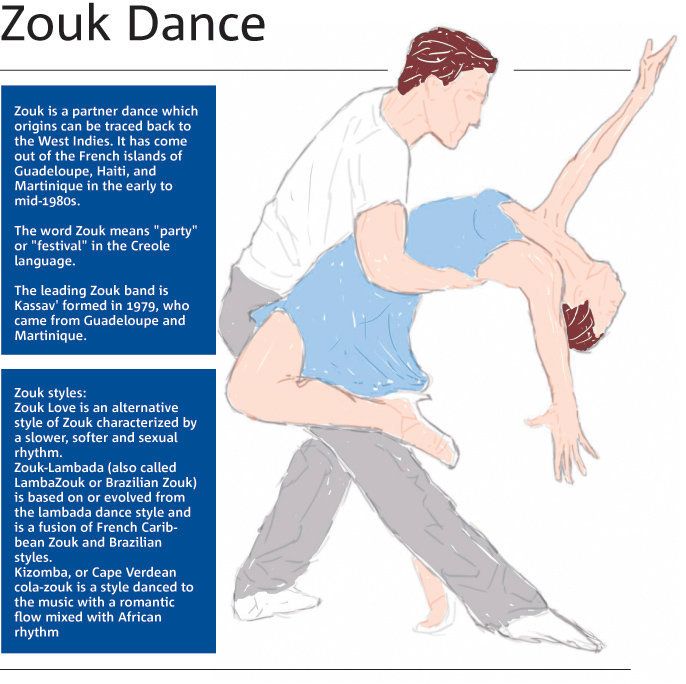 Ballet and any other practice will help you, where you will be looked after by the watchful eye of the teacher.
Ballet and any other practice will help you, where you will be looked after by the watchful eye of the teacher.
To develop a deflection under the shoulder blades, you do not need to fold yourself into a knot (as I would have thought before) . It is necessary to strengthen the muscles that provide this deflection. You heard right, you arch your back with your muscles.
Natasha Terekhina always bends very well under the shoulder blades, but an inexperienced eye can equate this with a deflection in the lower back or a neck tilt. Look closely and catch the difference.
MISTAKE 3: The arch in the lower back and the buttocks set back are a feature of the style and, in general, mi-mi-mi
Lordosis is the same postural disorder as a typical stoop (kyphosis). This is bad, because it deforms the natural position of the internal organs, creates an excessive load on the lumbar spine (taking into account the movements of the tooth, this can easily cause injury), and does not allow the press and pelvis to be fully used in the dance. Do you need it? And there's something ducky about it too...
Do you need it? And there's something ducky about it too...
MISTAKE 4: Zouk requires big moves
This misconception comes from typical lambada and rio zouk videos from years ago. Yes, they often danced like this before, but the dance does not stand still, it develops towards a more subtle interaction of partners, adapts to different musical styles ... A skillful dance with small point impulses is remembered much brighter than a race with a partner who wants "wider , yes, stronger."
The deeper you dive into dance, the more fun you will find in small movements and sensations.
MISTAKE 5: It doesn't matter if you hold the lady by the shoulder blade or by the waist
The lady's body is like a joystick. Each zone has its own functionality. Lead by the shoulder blade - it will go straight. Drag in BASIC by the waist - it will go at you with its hips forward and fill up the balance back. You don't care, but she's uncomfortable.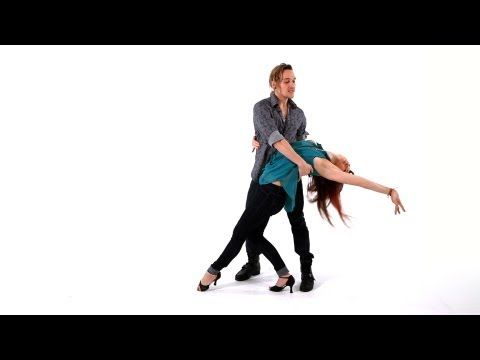 Always pay attention in the lessons where and how the contact is created.
Always pay attention in the lessons where and how the contact is created.
MISTAKE 6: If the partner doesn't make a move, it means she doesn't know it or is badly led
Ignorance of the move and bad record are just two of the possible reasons.
The partner may not perform the movement if it is uncomfortable for her, if she considers it unsafe, too rough, if the movement unbalances her - all this if she understood it, but did not do it. Also, another possible reason is that you are leading incorrectly, missing some of the important impulses.
The first two reasons are more characteristic of novice partners, all the rest are more experienced.
MISTAKE 7: If the partner resists, you need to lead her harder until she understands. In fact, a partner who does not understand is unlikely to resist - she will simply do something of her own or wait for you. But the partner who resists becomes too rigid - this is an alarming sign for the partner: something is wrong.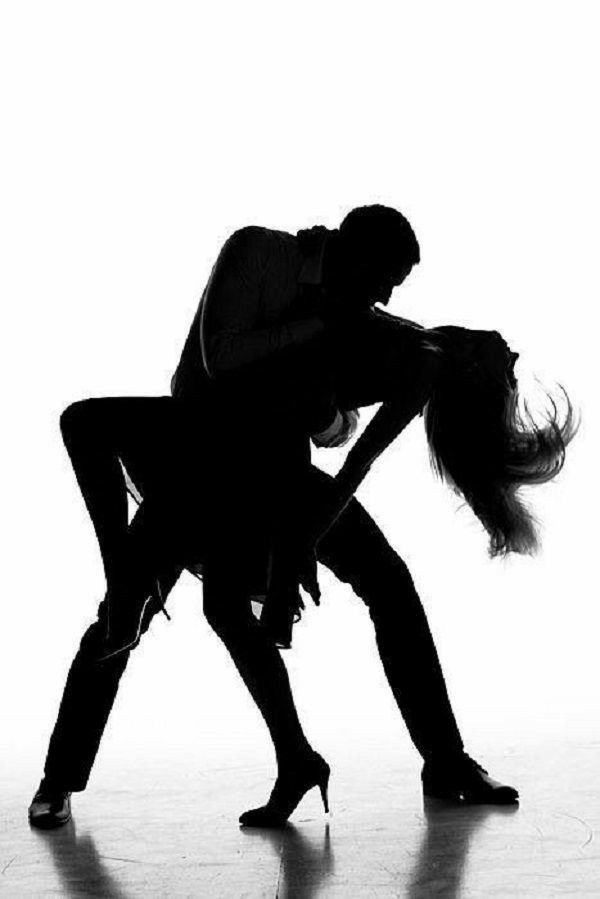 She is clearly uncomfortable dancing with you.
She is clearly uncomfortable dancing with you.
Possible causes:
- too strong, rough lead
- too sharp or fast movements
- poor-quality lead with hands without a frame
- your lead destabilizes her greatly: she has to use all the strength of her muscles to maintain balance
- she uncomfortable distance in a couple (probably too close)
- she just doesn't like some kind of movement, maybe she considers it risky
- she is not sure of her safety in the crowd of surrounding couples
Whatever the reason, increasing the lead will only make things worse!!! Instead, try to radically change something in the way you lead. Try soft contact on your fingertips, stop running, switch to simple movements - see if this makes her more submissive and softer?
MISTAKE 8: The advanced level in dance is the execution of as many complex movements as possible
A typical misconception of beginners and intermediates from the "need more chords" series.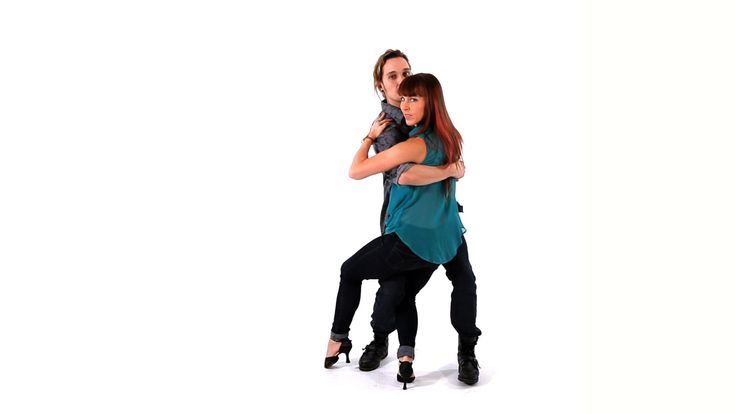 And definitely 2 times faster than music.
And definitely 2 times faster than music.
Advanced level is sensitive Connection on both sides. This is the feeling of the slightest movements of a partner and the ability to control them. The advanced level is the ability to adapt your dance to your partner, to interact with your partner's mistakes. This is musicality, plasticity and good command of your own body.
Advanced level is recognized in the first 5-10 seconds of dancing with an unfamiliar partner or partner. The feeling that immediately appears with such a dancer (of any gender) I would describe as sensitive confidence.
- Confidence in himself and his movements emanates from him
- Confident, verified interaction with a partner
- A partner (or partner) feels very confident, comfortable, relaxed and safe in the embrace of such a dancer
- One feels the utmost attention to oneself and your body
From the partner's side, I can add that in the first 5-10 seconds of dancing with such a partner you feel so confident and at the same time comfortable control of your body that you want to dissolve in it and fly away.
The complexity of the movements performed with such a dancer is of absolutely no importance.
MISTAKE 9: If I'm in an advanced group, I'm an advanced dancer
If you're in an advanced group, you're probably ready for more complex information. (We do not take into account those cases when a novice maniac goes to a group not of his level). You learn more complex things. Wow. And the advanced level is the previous point.
MISTAKE 10: Once you reach a certain level, you can no longer attend classes
Knowledge needs to be updated, at least from time to time. Over time, some things are forgotten, and it can be very useful to go through what you have mastered again, but with your current level of development. Whatever class you come to, your perception of information then and now will be different. You will probably begin to pay attention to those details that you previously missed, discover something new in your usual movements. Find your mistakes. Rethink. Even famous teachers sometimes go to each other's lessons.
Find your mistakes. Rethink. Even famous teachers sometimes go to each other's lessons.
Another reason is that when you are actively learning, all the information is new to you and there is too much of it. After all, you need to learn the sequence of movements, coordinate your body, learn to give / receive impulses, cope with a partner, hit the score, catch the balance ... Not everything is remembered, not everything remains in the body. And when you come to class already knowing how to perform many movements and understanding their technique, your attention will be better open to the perception of nuances.
You will benefit more if you decide in advance why you are going to class? What do you want from him? What is important to you? Why to this teacher, to this level, to this technique?
MISTAKE 11: To learn to dance, you need ( 1-2-3-4)
What exactly do you mean by "learn to dance"? What level do you want to reach? One dancer has been in a beginner group for a month and thinks he already knows how to dance. And the other has been dancing for 5 years and at the same time believes that he has not learned enough yet.
And the other has been dancing for 5 years and at the same time believes that he has not learned enough yet.
Dance is like an iceberg. The ability to move normally to the music, knowledge of the chords, the ability to lead - this is the tip of the iceberg, which is seen by a non-dancing person or just a beginner dancer. Having mastered this tip, you will gradually begin to comprehend its underwater - main - part. The more you dance, the deeper your understanding becomes. You discover new facets in the understanding of dance, new opportunities and ways for development, the existence of which you did not even know at first.
MISTAKE 12: Zouk does not require any additional physical training
Yes and no.
Everyone can learn to dance in pairs, lead or lead, yes. This is the principle on which all social dances are built. However, the reality is that there are movements in zouk that require a good tone of the back and abdominal muscles, well, at least an understanding of the physiology of these movements - various tilts, rotations with side deviations, counterbalances. If the body is not prepared, then the load during their execution will be distributed unevenly and will hit the weakest points. Mostly the lower back and neck are affected. These movements simply, in principle, cannot be done correctly with weak, non-working muscles.
If the body is not prepared, then the load during their execution will be distributed unevenly and will hit the weakest points. Mostly the lower back and neck are affected. These movements simply, in principle, cannot be done correctly with weak, non-working muscles.
It seems to be, well, so what, well, then you don’t need to make these movements. The problem is that many partners love them very much for their external showiness, sometimes they oversaturate their dance with them, and at the same time, most guys do not focus on the partner’s physical training, ability or inability to competently perform them. And so the salvation of the drowning here becomes the work of the drowning themselves ... However, this also applies to the guys. You will come across partners who literally fall in cambra, hang, collapse with all their weight. To avoid injury, you need a strong back and abs.
Physical training will also help you neutralize too harsh, harsh impulses from your dance partner, maintain balance, etc.




